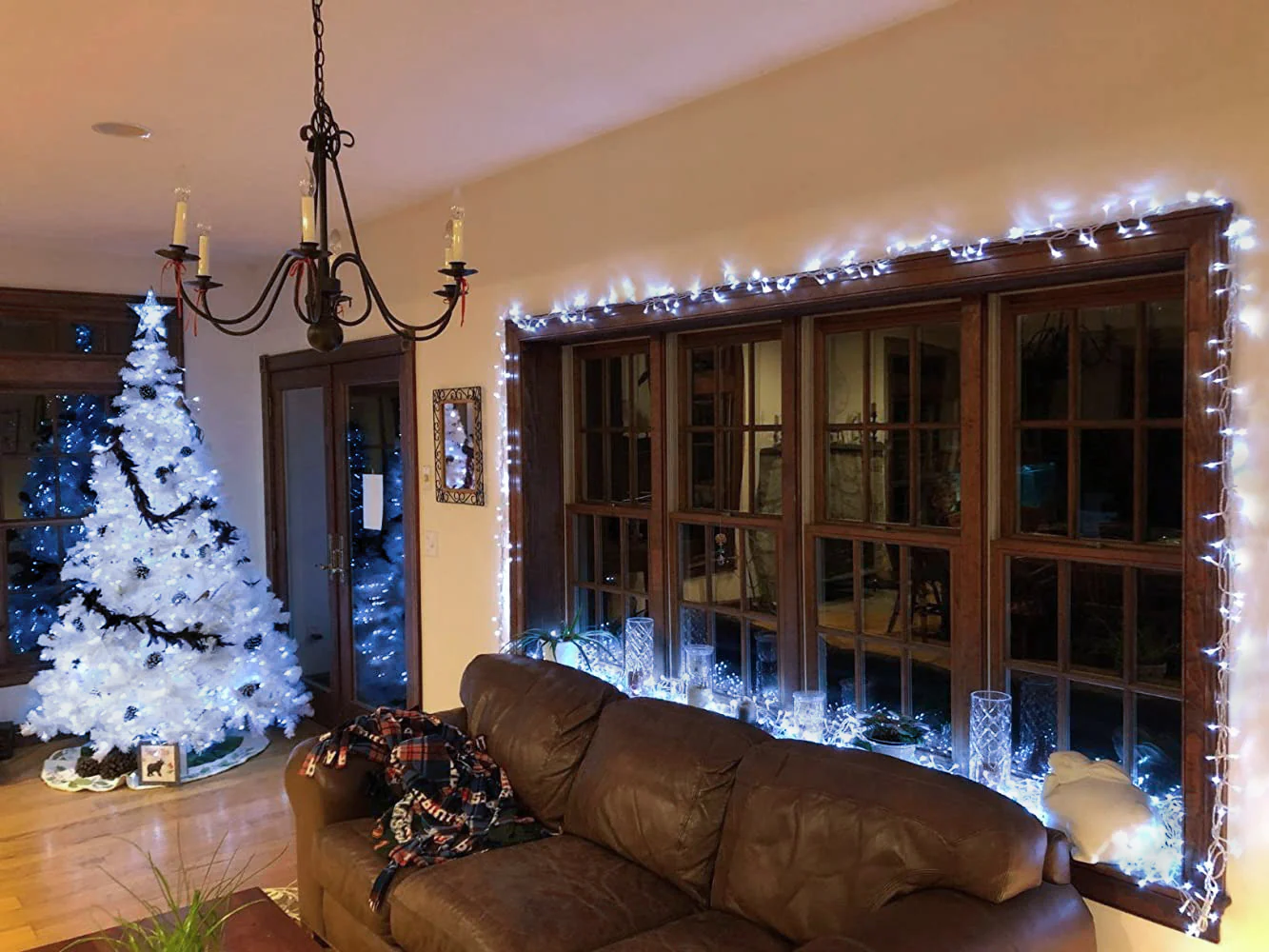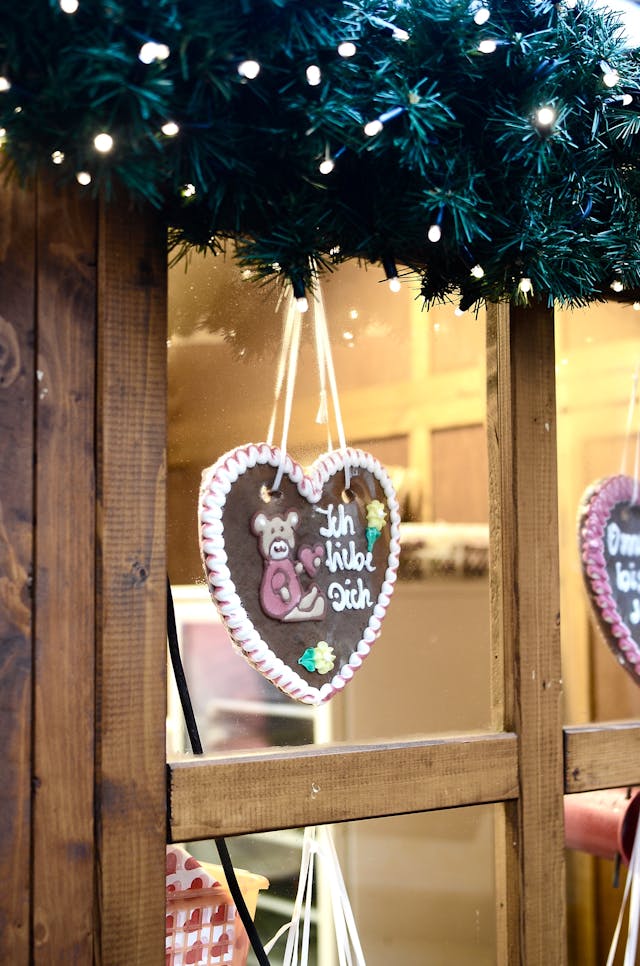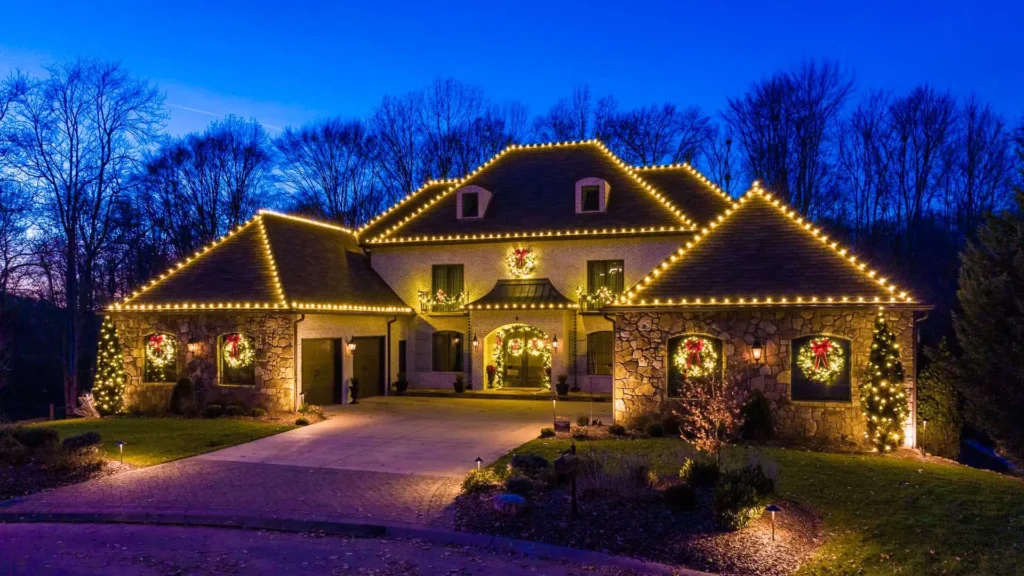Indoor Christmas lights can change how your home feels during the holidays. They add warmth, depth, and atmosphere without you doing too much. But here’s the part most people skip: installing them the right way. You want a setup that looks clean, stays safe, and doesn’t destroy your energy bill.
Below is a simple, practical walkthrough based strictly on the facts provided—no fluff, no drama, just what works.
Choosing the Right Indoor Christmas Lights
Not all lights are the same, and picking the wrong type is how people end up with blown fuses or boring results. LED mini strings or fairy lights are the best starting point because they use far less energy, stay cool during long hours, last longer, and reduce fire risks.
Always check for UL or ETL certification. This is the part most homeowners ignore, and it’s the one detail that prevents a lot of electrical issues.
If you want something modern, smart LEDs with phone control and colour options are trending. For 2025, people lean toward mint green, blush pink, and soft neutrals.
Types of Indoor Christmas Lights and Where They Work Best
Here’s the straightforward version of what to use and where to use it:
- String lights: Trees and garlands. They’re classic and flexible.
- Fairy or micro lights: Shelves or table setups. They give that soft, elegant glow.
- Battery-operated lights: Mantels, wreaths, or anywhere outlets aren’t available.
- Smart app-controlled lights: Best if you want colours or patterns you can switch instantly.
- Rope and net lights: Simple, even coverage around windows or larger objects.
If you’re decorating a tree, a good rule is 100 bulbs per foot of height. For example, a 7-foot tree needs around 700 lights for a full look.
Basic Installation Steps That Make Everything Easier
Most problems come from skipping basic steps. This is the clean system:
- Gather tools: Extension cords, plastic clips, timers.
- Test every strand before hanging.
- Use hooks or adhesive clips—never nails or staples.
- Start placement near power outlets.
- When decorating a tree, move from bottom to top, tucking lights deeper for balance.
- Don’t connect more than three strands unless the manufacturer says it’s safe.
- Always unplug lights when you’re not home.
Timers help more than you think. They stop your lights from burning through unnecessary hours.
Safety Essentials Most People Overlook
Indoor lights fail for the same three reasons: damaged wires, wrong outlets, and overheating.
A quick checklist:
- Check for frayed cords or missing bulbs.
- Use GFCI outlets when possible.
- Stick to cool-running LEDs.
- Keep cords away from high-traffic areas.
- Never mix indoor and outdoor lights.
- Turn everything off before bed.
Small details prevent big issues.
Making Your Setup Look Better (2025 Creative Trends)
If your goal is style, not just light, here are ideas that match next year’s direction:
- Smart LEDs on shelves or staircases for subtle colour shifts.
- Fairy lights mixed with eucalyptus garlands for a modern natural look.
- Gold and silver combinations for a clean, minimal tree.
- Battery micro lights inside glass jars for centerpieces.
- Rope lights outlining windows for a clean glow.
- Monochrome all-white setups if you want something elegant.
Simple moves, stronger visuals.
Energy Savings That Actually Matter
Most people switch to LEDs for looks, but the real win is cost. LEDs use up to 90% less energy. A large LED setup might use around 237 watts, compared to more than 2,800 watts with older bulbs.
A few habits cut energy costs even more:
- Use timers.
- Avoid long daisy-chains.
- Pick ENERGY STAR-rated lights.
- Store them properly to avoid replacing broken strands.
Maintenance and Storage After the Season
When the season ends, do this so your lights last:
- Check for damage.
- Coil them neatly or use storage reels.
- Keep them in a dry, cool place.
This reduces the usual “half the lights don’t work this year” problem.
Mistakes You Should Avoid Completely
These are the issues that ruin most setups:
- Overloading outlets.
- Mixing indoor and outdoor products.
- Using nails or metal fasteners.
- Leaving lights running overnight.
- Ignoring certification labels.
Small oversights lead to big repairs.
Final Thoughts
Indoor Christmas lights set the tone for the season, but only if they’re done right. Choose safer LEDs, plan your placements, and use simple tools like timers and clips. Stick to the facts above and you’ll get a clean, safe, and stylish holiday display every time.
Ready for a seamless holiday setup? Let Ware Landscaping handle the heavy lifting—from outdoor lighting to full seasonal decoration support. Book your holiday lighting service today at warelandscaping.com.








